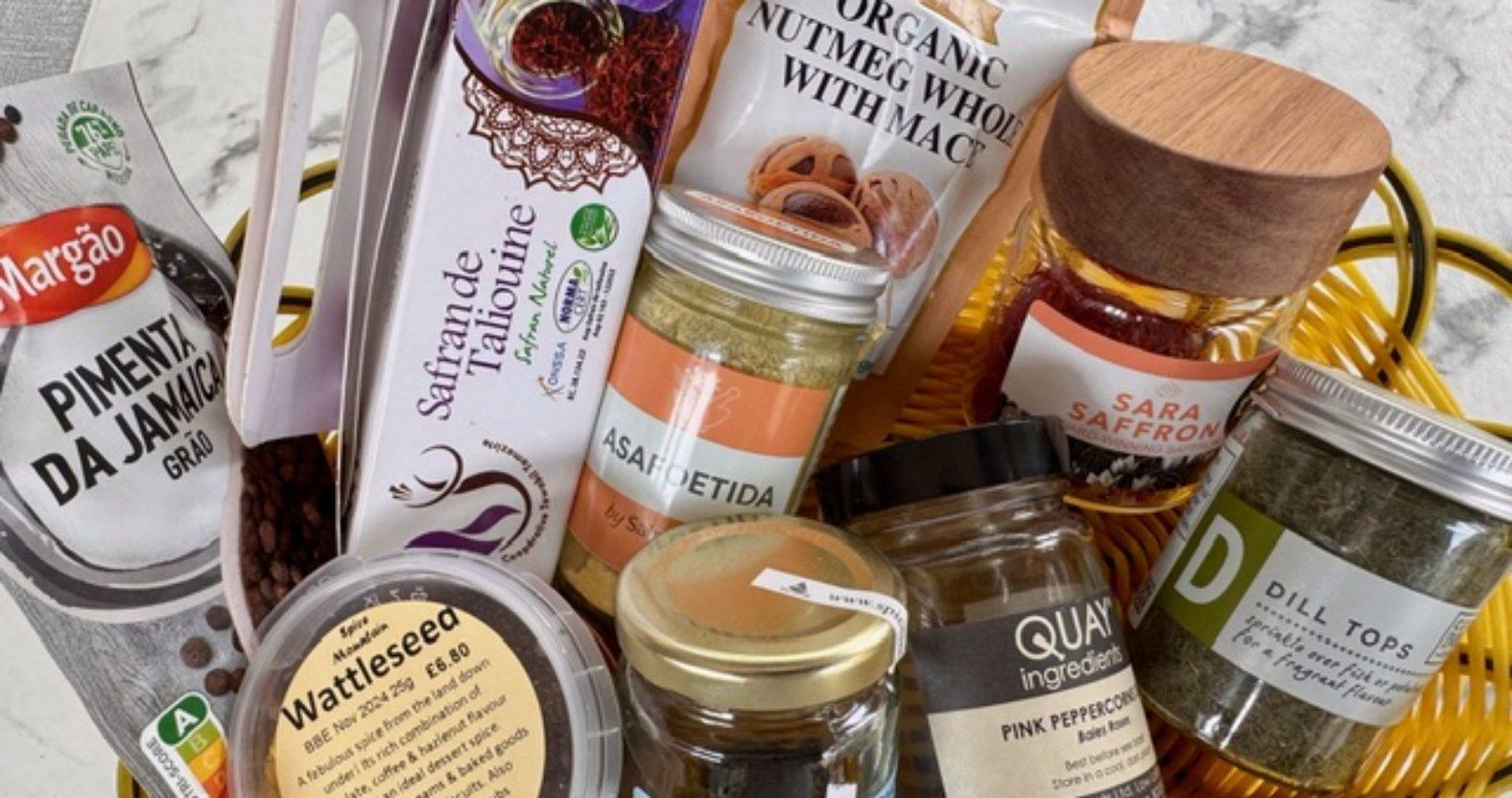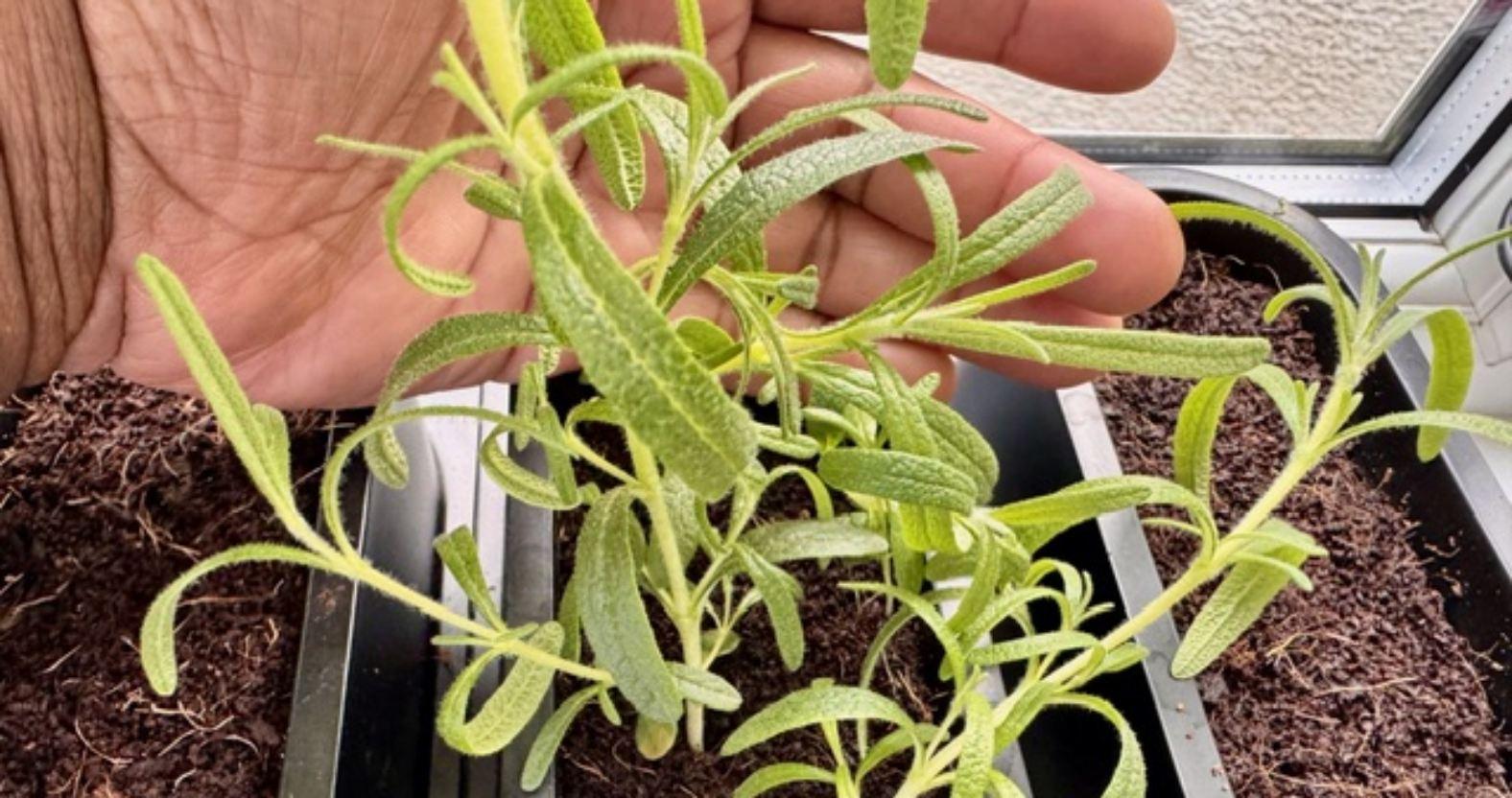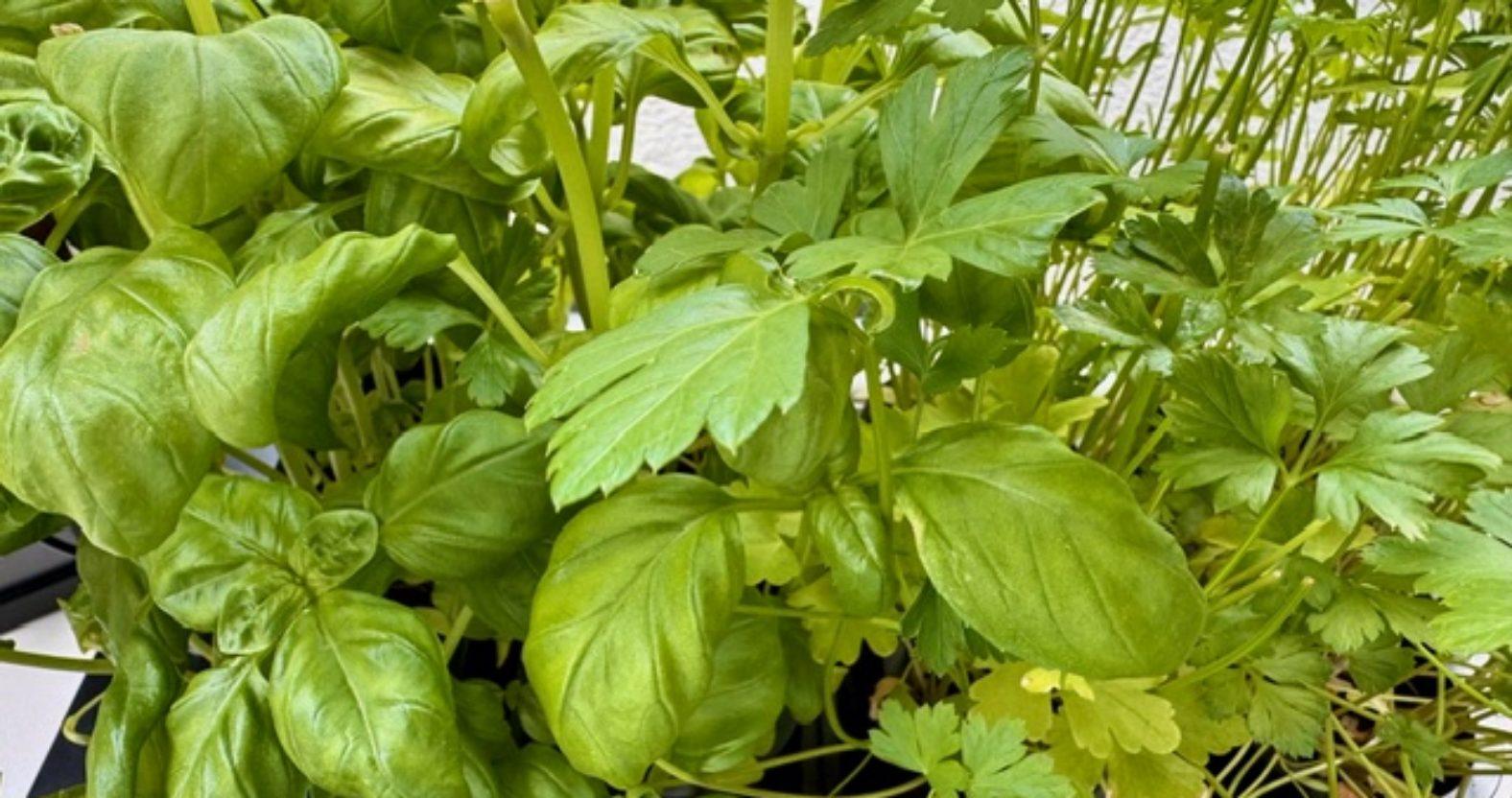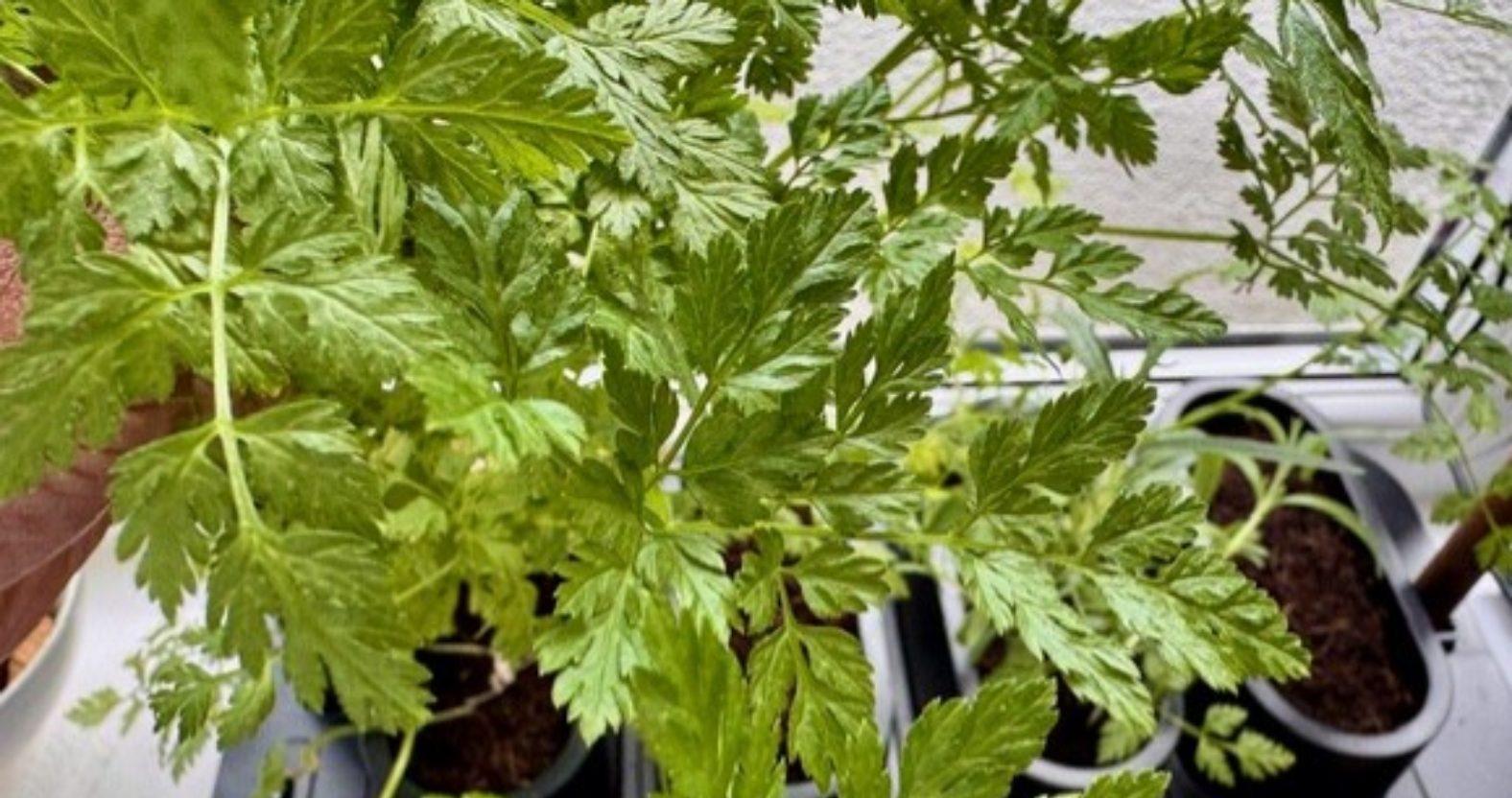Subscribe to trusted local news
In a time of both misinformation and too much information, quality journalism is more crucial than ever. By subscribing, you can help us get the story right.
- Subscription costs less than £1 a week with an annual plan.
Already a subscriber? Log in here.
14
Jun
Yemi's Food Stories: Spice up your life with some bold characters

Yemi Adelekan is a food writer and blogger who was a semi-finalist in the 2022 series of BBC TV’s Masterchef competition.
Every Saturday Yemi writes on the Stray Ferret about her love of the area’s food and shares cooking tips – please get in touch with her if you want her to review a restaurant, visit your farm, taste the produce you sell or even share a recipe.
You know you’re getting older when you start saying things like “that stew needs a touch more thyme”. But in truth, the magic of herbs and spices isn’t just for seasoned cooks – it’s for anyone who wants their food to do more than just fill their stomach.
June 10 was National Herbs and Spices Day, and I can’t think of a better excuse for us to fling open our spice cupboards and start playing. Herbs and spices are the soul of a dish, the poetry behind every pot of soup or sizzling skillet. They elevate the ordinary and unlock traditions, cultures, and even health benefits with every sprinkle.
Let’s start with the basics: fresh herbs like coriander, parsley, mint, basil, and thyme are like that reliable friend who always lifts the mood. Chop a handful into a salad, stir into a yogurt dip, or scatter over roasted veg and suddenly the dish has colour, flavour, and aroma. Chop mint, parsley, thyme, oregano and mix with some olive oil, lemon juice, a pinch of salt and chilli flakes and you have a herb oil perfect for steak or grilled and pan-fried fish.
But today, I want to dig deeper. Let’s talk about some bold characters from the spice world.

Many herbs are cheap and easy to grow at home.
Ginger and Asafoetida: the gut’s best friends
Flatulence might not be the most glamorous topic, but let’s be honest, we’ve all been there. If you love beans and lentils (and I do), you need allies like ginger and asafoetida in your kitchen. If you avoid pulses because it doesn’t agree with your stomach, then you definitely need them as they are game-changing in helping you to better digest them.
Ginger brings more than a zesty kick; it helps the body digest heavier meals and settle the stomach. Grate some in to your beans as they cook or blend into a lentil soup for a warm, digestive-friendly boost. Also blend a knob of ginger, a knob of fresh turmeric, with juice of a lemon and three oranges to make enough of your own ginger shot to last you for week.
Then there’s asafoetida, also known as hing in Indian cooking. It’s pungent raw but transforms when cooked, offering a savoury, umami depth with digestive perks to match. A pinch in your chickpea curry or dal goes a long way. Your gut (and anyone sharing a room with you) will thank you.

Most herbs are happy to grow alongside each other.
Saffron: gold in a thread
If spices had a red carpet, saffron would be the headliner. These delicate threads from the crocus flower are prized across continents – for their flavour, colour, and even skincare benefits. A spice that is more expensive by weight than gold has something to say when it shows up.
Just a few strands steeped in warm water or milk bring a golden hue and subtle fragrance to rice dishes like paella, Persian tahdig, or even a rich jollof rice remix. A pinch in the water you are using to boil potatoes or pasta is enough to give it the perfect hue that will make it scream on the right plate. It’s a reminder that food doesn’t have to shout to be powerful. Sometimes, a whisper of spice says everything.
Tonka Bean and Wattle Seed: the unsung heroes
Let’s move into the lesser-known corners of the spice cabinet. You may not have heard of tonka bean or wattle seed, but they’re worth seeking out.
Tonka bean is sweet, aromatic, and slightly nutty. It smells like a mix of vanilla, almond, and cinnamon, with a hint of clove. It’s divine in custards, chocolate desserts, or even shaved into a creamy risotto to surprise your tastebuds.
Wattle seed, native to Australia, has an earthy, roasted-coffee flavour with touches of spice and chocolate. I’ve used it in brownies, bread, and even as a rub for lamb. It’s beautifully versatile and adds an elegant twist to both sweet and savoury dishes.

Herbs are often best enjoyed fresh.
A final sprinkle
So whether you’re a lifelong spice lover or just discovering that coriander and cilantro are the same thing, today is the day to experiment. Herbs and spices aren’t just about flavour – they’re about nourishment, history, and creativity. They invite you to cook with intention and curiosity. They bring a burst of freshness to dishes that are cooked low and slow for hours like a ragu and stews, if added at the very end. Fresh lemon rind can also help.
This week, try something new. Add mint to your lemonade and don’t just think 'mint' – because there is Moroccan mint, strawberry mint, orange mint, chocolate mint, basil mint, peppermint, spearmint, garden mint, berries and cream mint, lemon mint, banana mint, grapefruit mint and many other varieties. The beauty of these varieties is that they smell exactly like their names. Opening yourself to all these varieties will transform your drinks, savoury dishes and desserts.
Some fresh herbs and pink peppercorns will transform goats' cheese, making it aesthetically beautiful and wonderful on the palate.
Stir some saffron into a Sunday stew. Hunt down a tonka bean or a dash of hing. And while you’re at it, give your spice drawer a little spring clean; it deserves it. Remember spices are best freshly ground and the aroma of fresh ground spices will dance with your nostrils preparing you to enjoy your food.
As my mother used to say, “Even salt looks like sugar until it’s tasted.” So, go on, embrace and taste the world of spices and fresh herbs.
Try a new herb or spice this week and tag me with your creation on Instagram @yummy_bydesign. I’d love to see what you’re cooking up.
0